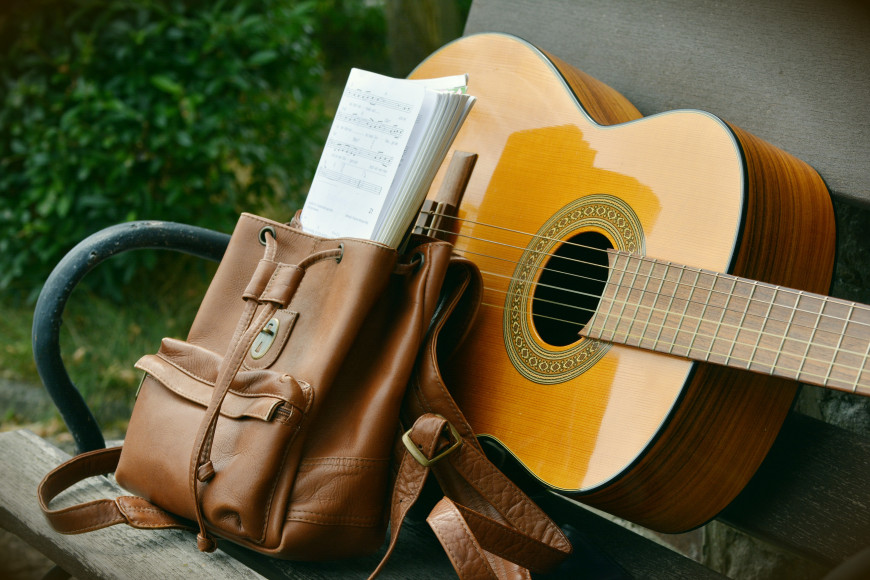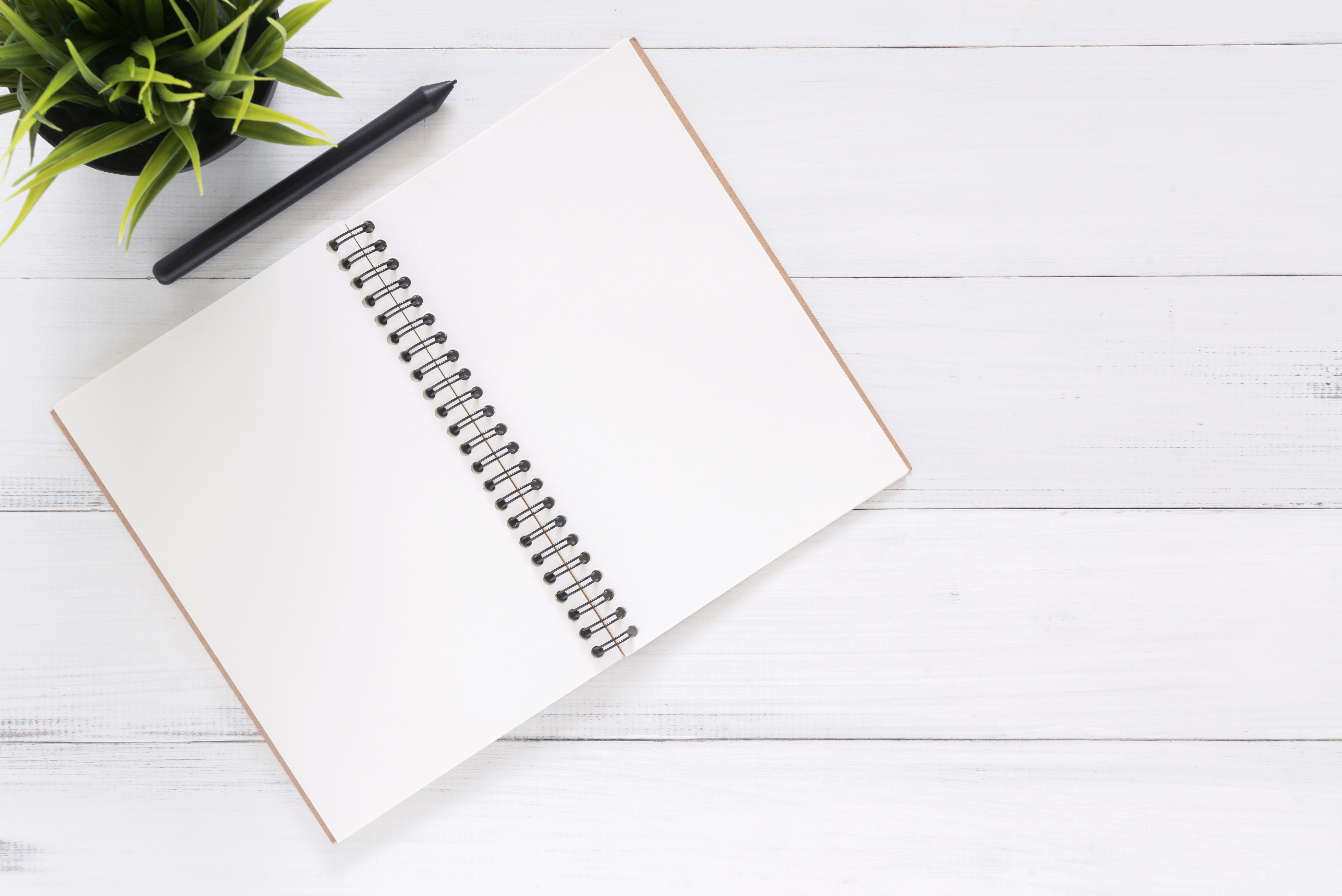Crafting the Perfect Practice Session

Try this exercise for a week: Each time you set your instrument down after practicing, write down exactly what you can do now that you couldn’t do at the start of the session. If you have doubts about whether you have accomplished anything concrete, or even if you have trouble articulating what it is, odds are you are not practicing correctly. Follow these steps to refine your approach to practicing and accelerate your progress.
1. Get Comfortable
Choose a pleasant, quiet corner of your house for your practice space. Choose a chair that allows a comfortable, stable playing position, and always practice in the same setup. Use a music stand if you read sheet music and a footstool if your genre requires it. Have everything you need within reach before you start practicing. That should include sheet music, pencil, tuner, metronome, and a clock to help you keep track of time.
2. Minimize Distractions
As much as your lifestyle permits, make your practice environment quiet and free of potential interruptions. Put your phone on silent and turn off your computer if possible. If you need a device to study videos, close any browser windows and apps you don’t need.
Likewise, take a few moments to prepare your mind. Internal distractions are just as detrimental to practice as the external ones. Breathe deeply and settle into your practice environment. If unresolved to-dos crowd your mind as soon as you have a quiet moment, write them down in a notebook. Let them go during practice and know they’ll be waiting for you when you finish. 
3. Articulate An Appropriate Goal
A proper goal for a single practice session should be specific, measurable, and achievable in a short period of time. Know how it fits into your goals for the next class, which you hopefully set with your teacher. If you have any doubts about whether today’s goal is achievable during the time you have, divide it into smaller parts. That way, if you don’t accomplish all you want to in a practice session, you’ll know exactly what to review and where to resume next time.
Here are some examples of goals that are too vague or broad to facilitate productive practice, broken down into clear and achievable steps.
Too Vague: “Start learning Bach Bourree”
Better: → decide on and write in write hand fingerings for the A section
→ sing melody line for the A section
→ sing bass line for the A section
→ play the first four-bar phrase with correct fingerings
→ if time, add the second four-bar phrase
Too Vague: “Improve rhythm of Flamenco Solea”
Better: → count out loud with instructor’s video of the two measures of rhythmic strumming
→ learn to count out loud while you play the two measures very slowly
→ increase tempo until it matches instructor’s tempo
→ play independently with a metronome at the instructor’s tempo
Too Vague: “Memorize some of Freight Train”
Better: → memorize melody and the words to the first verse
→ memorize the chords and play through the progression with simple strumming as you sing
→ learn to play the final phrase (four measures) of the fingerstyle arrangement without music
4. Repeat Intelligently
Mindless repetition is the number one enemy of productive practice. When you enter ‘autopilot’ mode and begin playing something over and over without evaluating and improving, you’re not only wasting your time, but you’re ingraining bad habits.
Manage repetitions with artistry and intelligence, always with the goal of growth. Instead of a stagnant goal such as ‘play this phrase fifteen times’, approach a short passage like this:
- Play the passage with correct right- and left-hand fingerings, without yet worrying about the rhythm.
- Repeat several times, aiming to connect the notes more fluidly each time.
- Repeat a few more times, with your focus on getting a smooth and consistent tone from your right hand.
- Begin to play the passage in rhythm at a very slow tempo, preserving the fluidity and consistency of tone that you achieved in the earlier repetitions.
Any time you repeat the same passage many times, it should sound noticeably better at the end of the repetitions.

5. Recognize Problems Quickly and Solve Them Playfully
Obstacles arise at all levels of learning, and each one has something to teach us. Continually evaluate how your practice is coming along, and learn to recognize quickly when you’re faced with a challenge. Sometimes problems make themselves audibly obvious as poor sound, missed notes, or rhythmic issues. Others present themselves more subtly through symptoms such as physical tension and discomfort, unproductive and frustrated repetitions, or apparent boredom and desire to stop practicing.
Try to find the nature of the problem. Is it technical? If you are consistently arriving late to a position shift, maybe you need to try a new fingering. Is it due to musical misunderstanding? Maybe you need to go back and check your rhythm. Is it artistic? If you’re feeling bored or generally frustrated with a passage, you might need to rethink your interpretation. Treat the problem positively and playfully, as a fun puzzle rather than work.
6. Relax, Re-Relax, and Take Frequent Breaks
Check in frequently that your playing feels as effortless as possible. Keep your posture upright and your body relaxed. Your arms should feel heavy and loose. Be careful not to stick out your elbows to the sides or press them to your body. Any tension while we’re playing should be minimal and confined to your hands. When we cultivate relaxed playing habits, fluid and natural sound will follow.
Pause every twenty minutes or so and set your guitar down. Let your hands fall by your side and completely empty of tension. If they feel tired or sore, you were probably exerting more force than necessary. Little by little, you’ll learn to recognize tension as it arises and release it in the moment.
Don’t forget to relax your mind, too. Focused practice is hard work. Let your thoughts wander for just a few moments as you relax your body. Remember that if your concentration wanes, practice loses its point.
7. Reflect
After a well-crafted practice session that follows the above guidelines, you can hopefully write down one or several concrete accomplishments. However, sometimes, even with the best plan and intentions, we don’t achieve what we want. Sometimes it’s because we were distracted and didn’t practice well. Be honest with yourself about the quality of your focus, but don’t let it get you down. Other times, we fall short of our goals because we encountered a problem that we couldn’t solve in the time we had. A good night’s sleep and a fresh start in the next practice session may be all you need to resolve the issue. If not, don’t let that particular challenge hold you back. Focus on other goals that you are able to achieve, and bring up the issue with your teacher in the next class.






Comments
Veronica (Ronnie)
Mon, 11/19/2018 - 9:08am EST
Permalink
Crafting a Practice Session
As a trainer/teacher for nearly 30 years, I'm like the plumber with a stopped up sink, meaning I've crafted lesson plans and written curricula for thousands--but I did not do that for my practice sessions. I just sit down and play whatever feels good at the time without specific, measurable goals. I'm going to write a plan for myself and stick to it. Thanks, Leah.